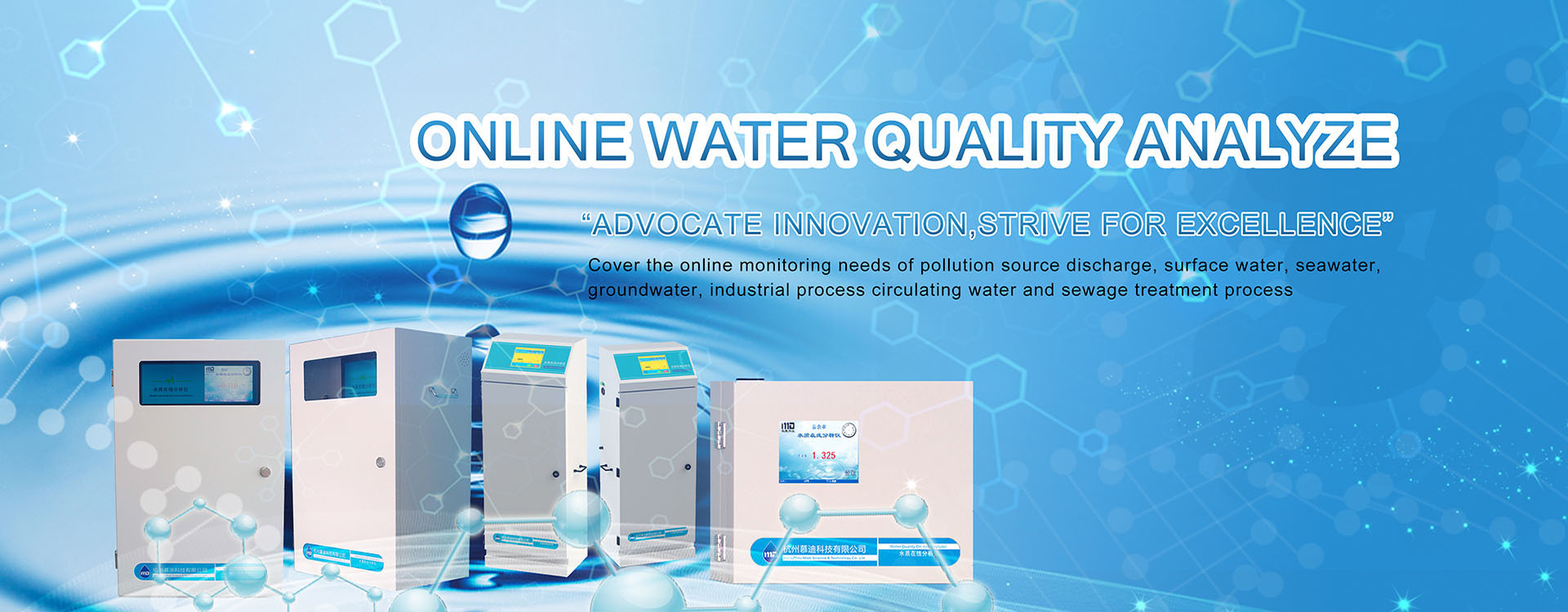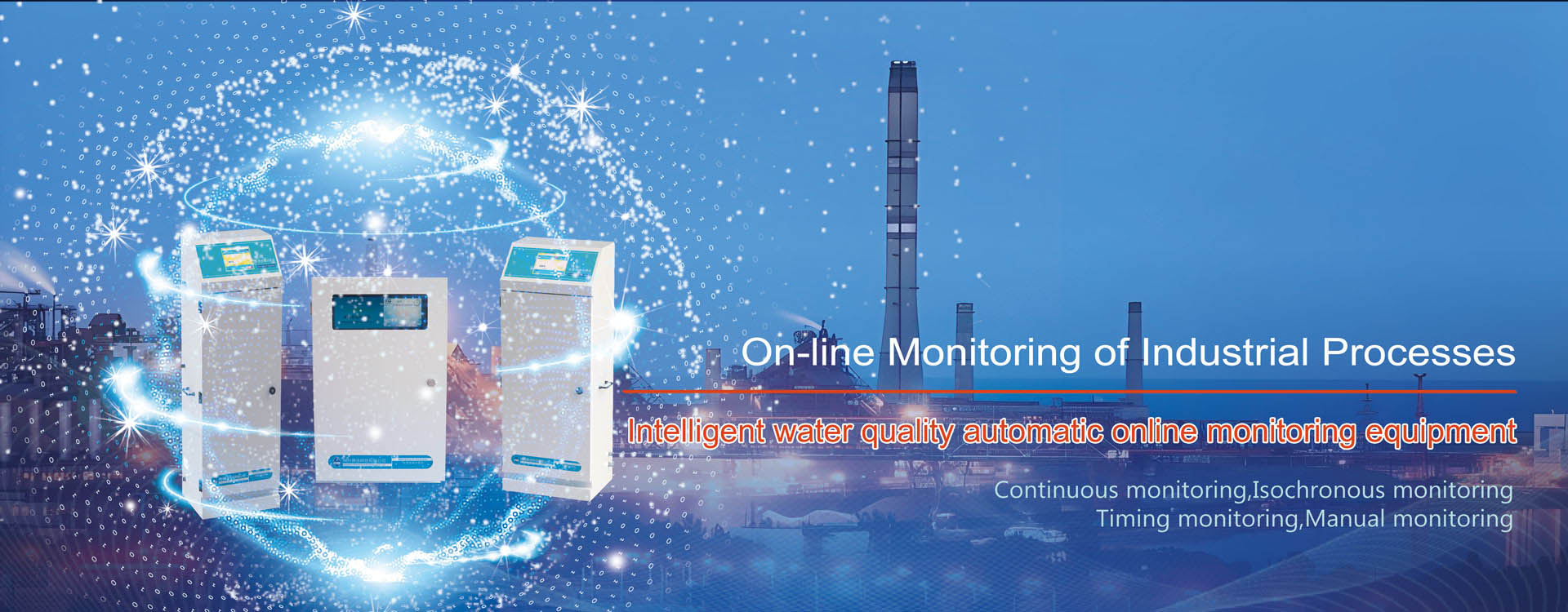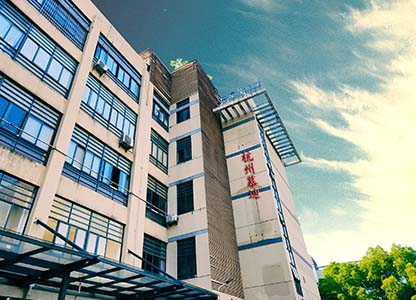Chemical industrial wastewater primarily originates from industries such as petrochemicals, coal processing, acid/alkali production, plastics, pharmaceuticals, dyes, and rubber. Addressing such wastewater requires a systematic approach to pollution prevention and treatment. Below, we outline key strategies and methods for managing chemical industrial wastewater.
Pollution Control Measures
- Source Reduction:
– Optimize production processes and equipment to minimize pollutant generation.
– Implement closed-loop systems to recycle wastewater and raw materials.
– Ensure treated wastewater meets regulatory standards before discharge.
- Three-Stage Treatment System:
– Primary Treatment:
– Removes suspended solids, colloids, and heavy oils through:
– Flow and load equalization.
– Sedimentation tanks.
– Flotation or oil-water separation.
– Secondary Treatment:
– Targets biodegradable organic pollutants to reduce BOD (Biological Oxygen Demand) and partial COD (Chemical Oxygen Demand).
– Employs biological methods (e.g., activated sludge, biofilm reactors).
– Post-treatment residuals (e.g., residual COD, color, odor) may require tertiary treatment for stricter standards.
– Tertiary Treatment:
– Removes non-biodegradable organics and dissolved inorganic pollutants using:
– Activated carbon adsorption.
– Ozonation or advanced oxidation processes (AOPs).
– Ion exchange or membrane technologies (e.g., reverse osmosis, nanofiltration).
Tailored Solutions for Different Wastewater Types
Treatment methods vary based on:
– Water quality (e.g., pH, toxicity, pollutant types).
– Flow rate and discharge requirements.
– Industry-specific needs (e.g., heavy metals in electroplating vs. dyes in textiles).
Monitoring and Compliance
Real-time monitoring of key parameters is critical:
- COD: Use COD online analyzersto track organic pollution.
- BOD: Employ BOD rapid testersfor biodegradability assessment.
- pH value, heavy metals, and toxicity: Deploy specialized analyzers (such as online heavy metal monitoring devices and biological toxicity analyzers).
Example Applications
– Petrochemical Wastewater: Combine oil-water separation, biological treatment, and activated carbon adsorption.
– Dye Wastewater: Use coagulation-flocculation, ozonation, and membrane filtration for decolorization.
– Pharmaceutical Wastewater: Apply AOPs (e.g., UV/H₂O₂) to degrade complex organics.
Key Takeaways
– Integrated Systems: Combine physical, chemical, and biological methods for optimal efficiency.
– Regulatory Alignment: Ensure compliance with local discharge standards (e.g., COD ≤100 mg/L, BOD ≤30 mg/L).
– Cost-Benefit Analysis: Balance treatment efficacy with operational costs (e.g., energy use for ozonation vs. membrane fouling risks).
For customized solutions, consult manufacturers like Hangzhou Mudi Technology to select analyzers (e.g., COD/BOD monitors, toxicity detectors) tailored to your facility’s needs.




